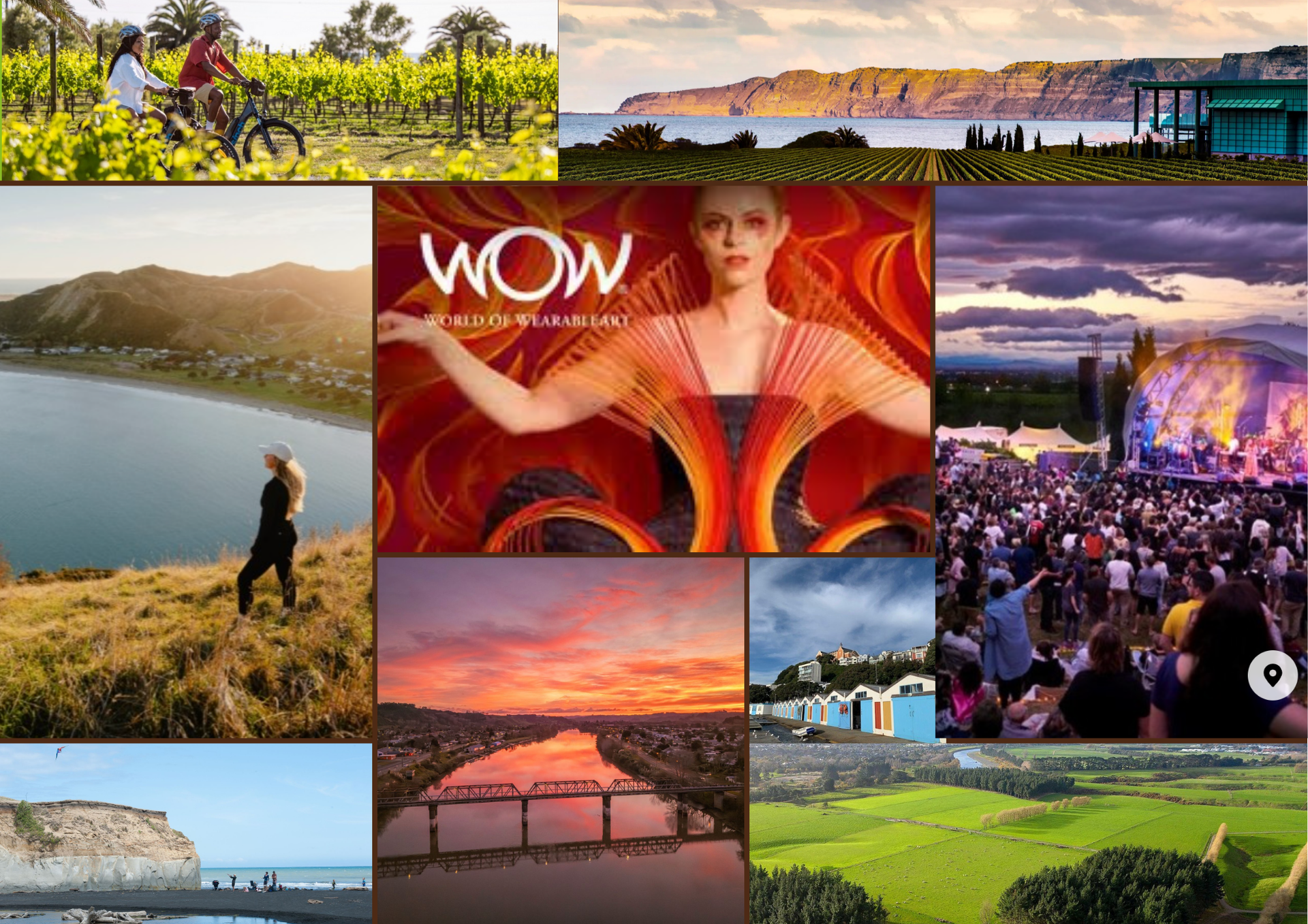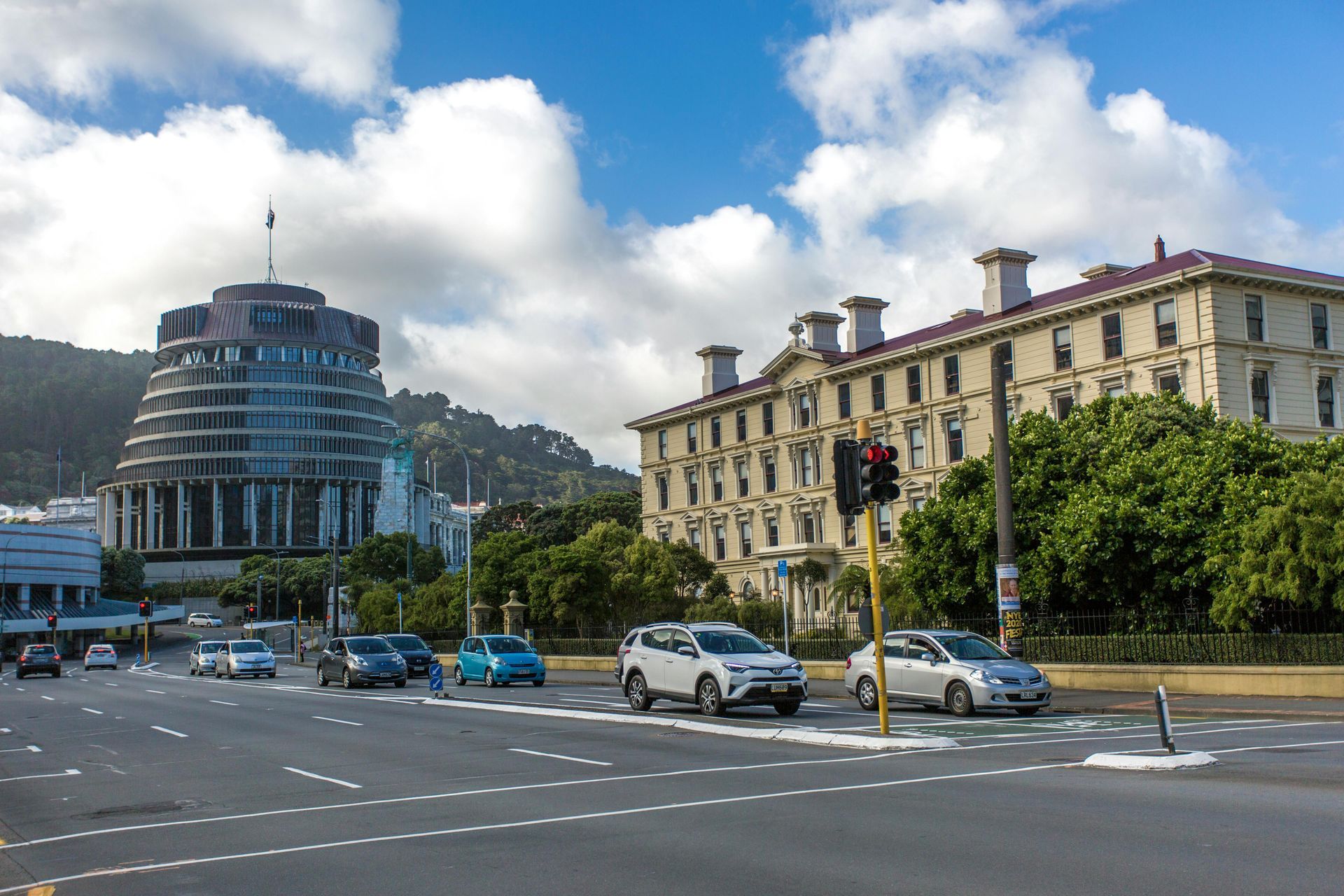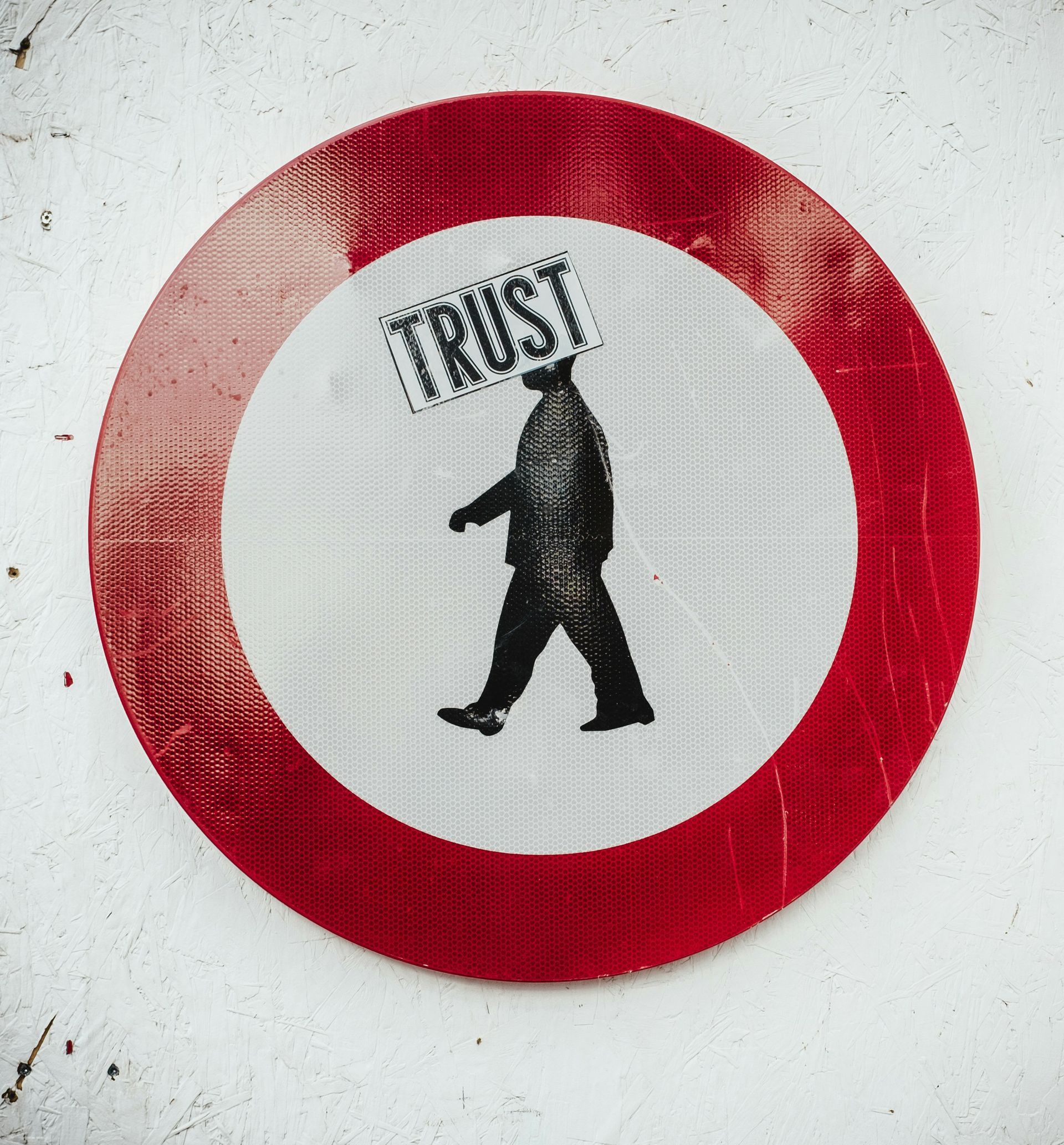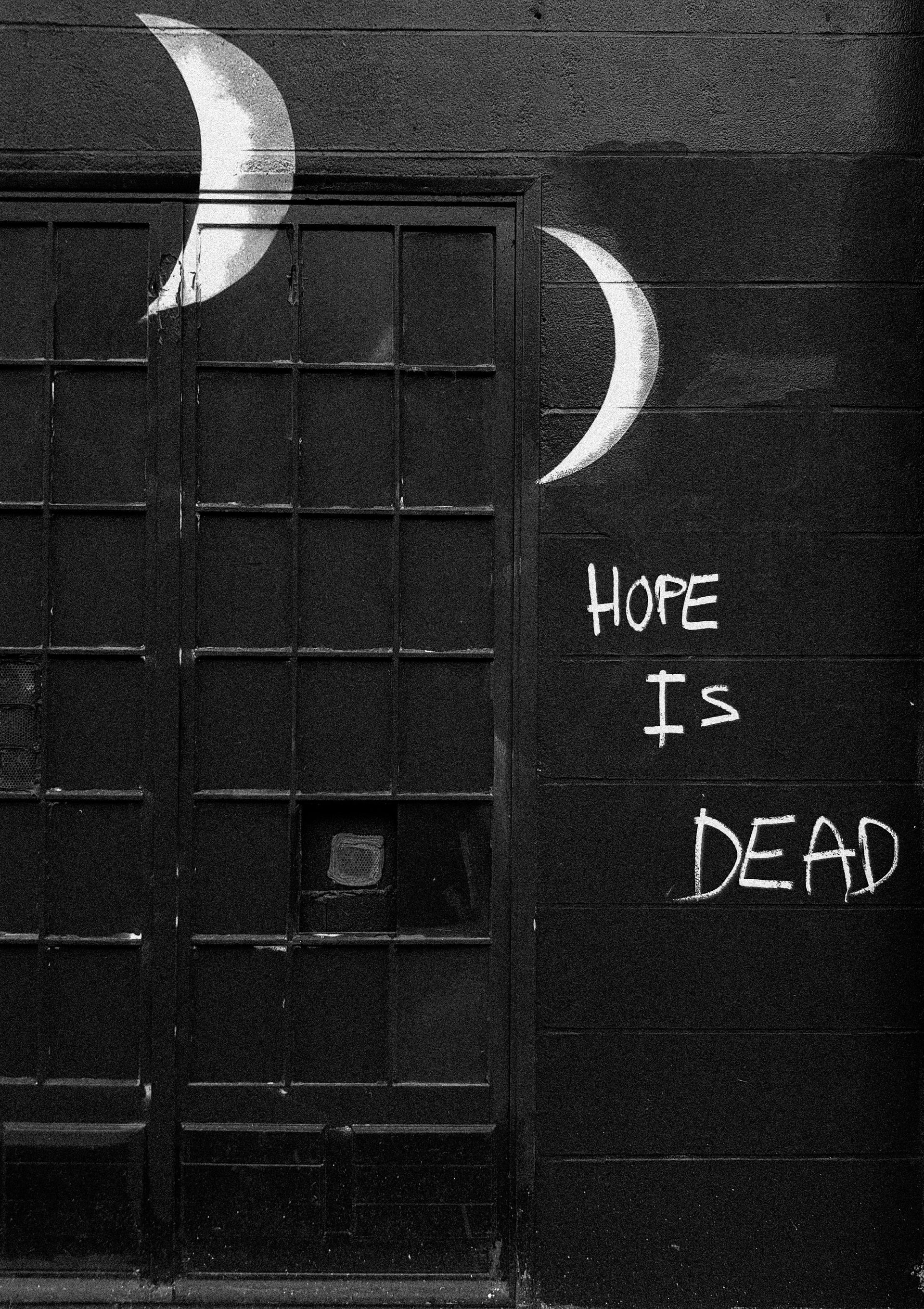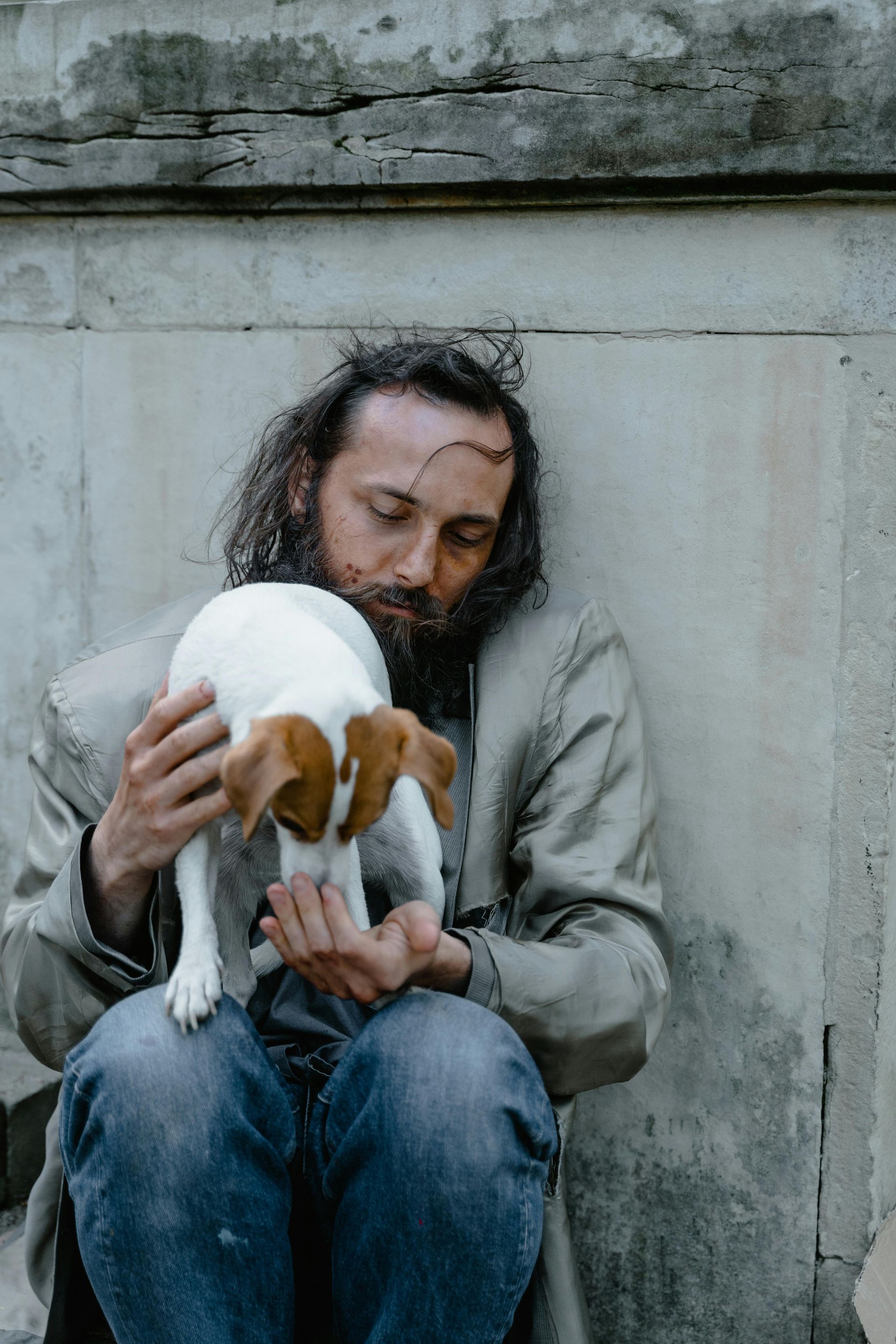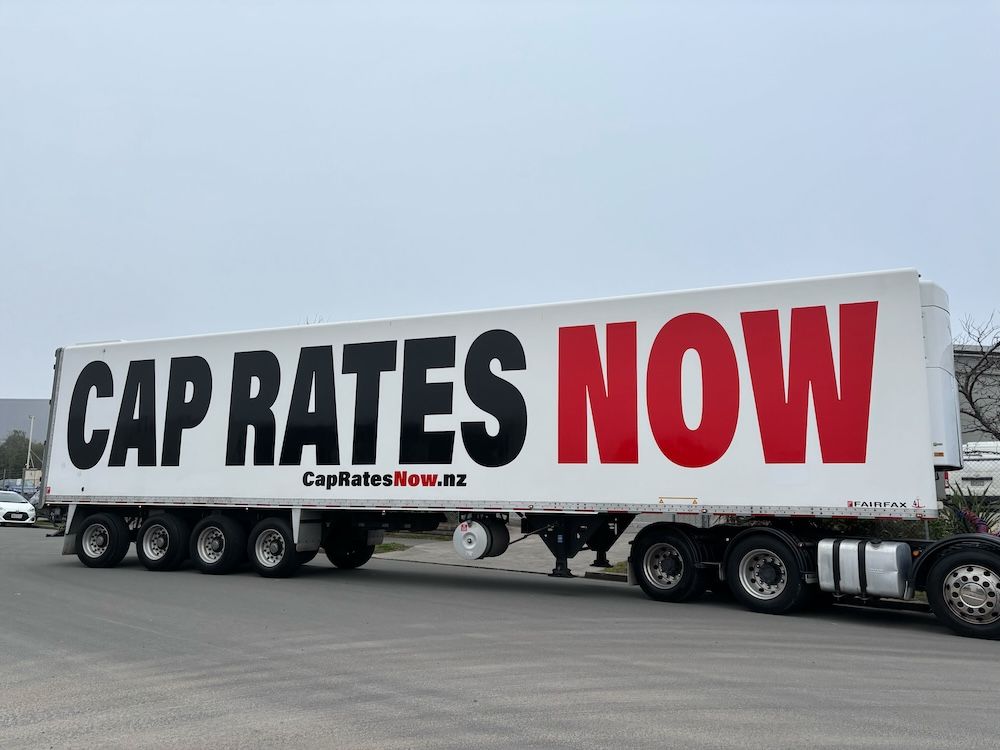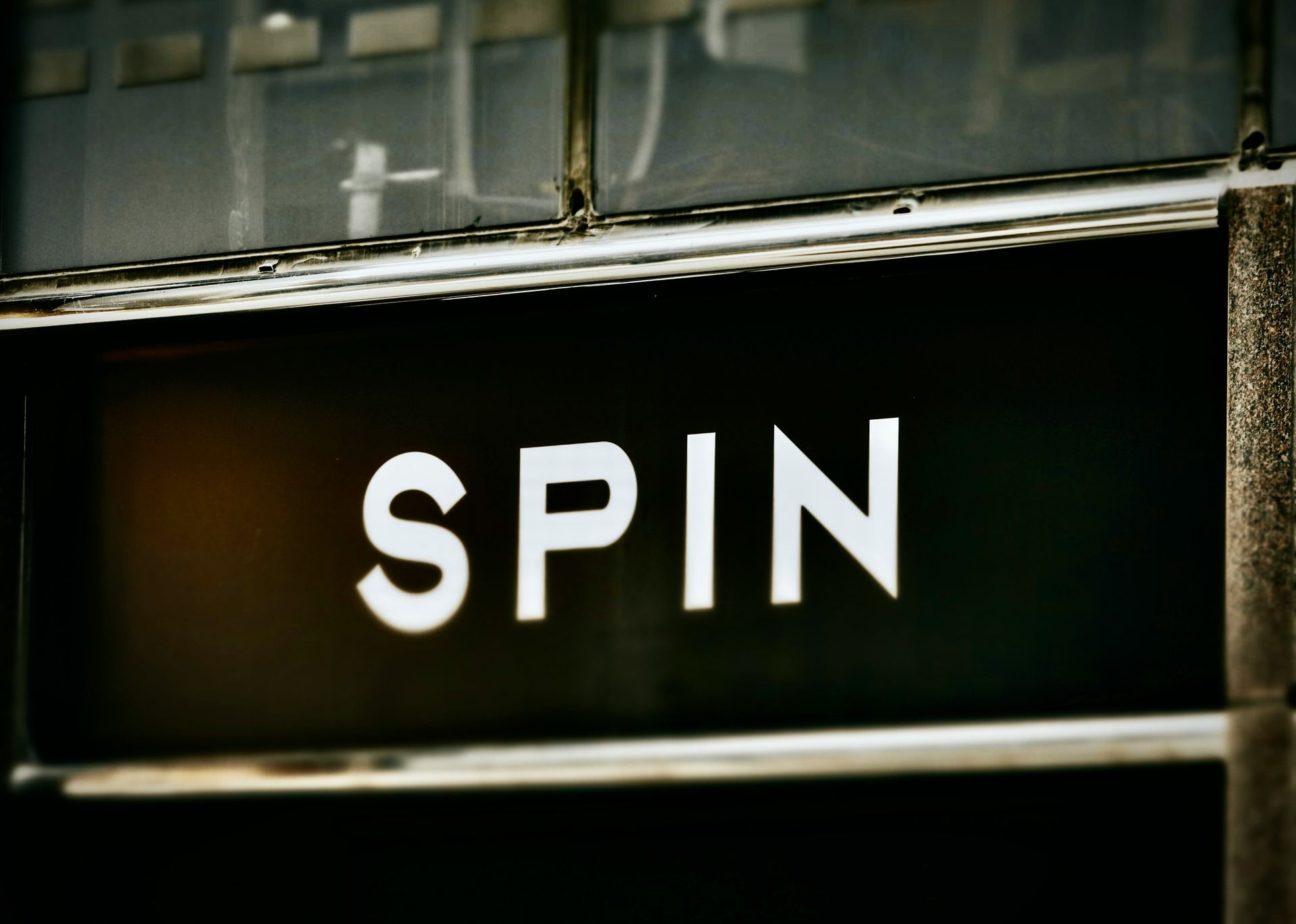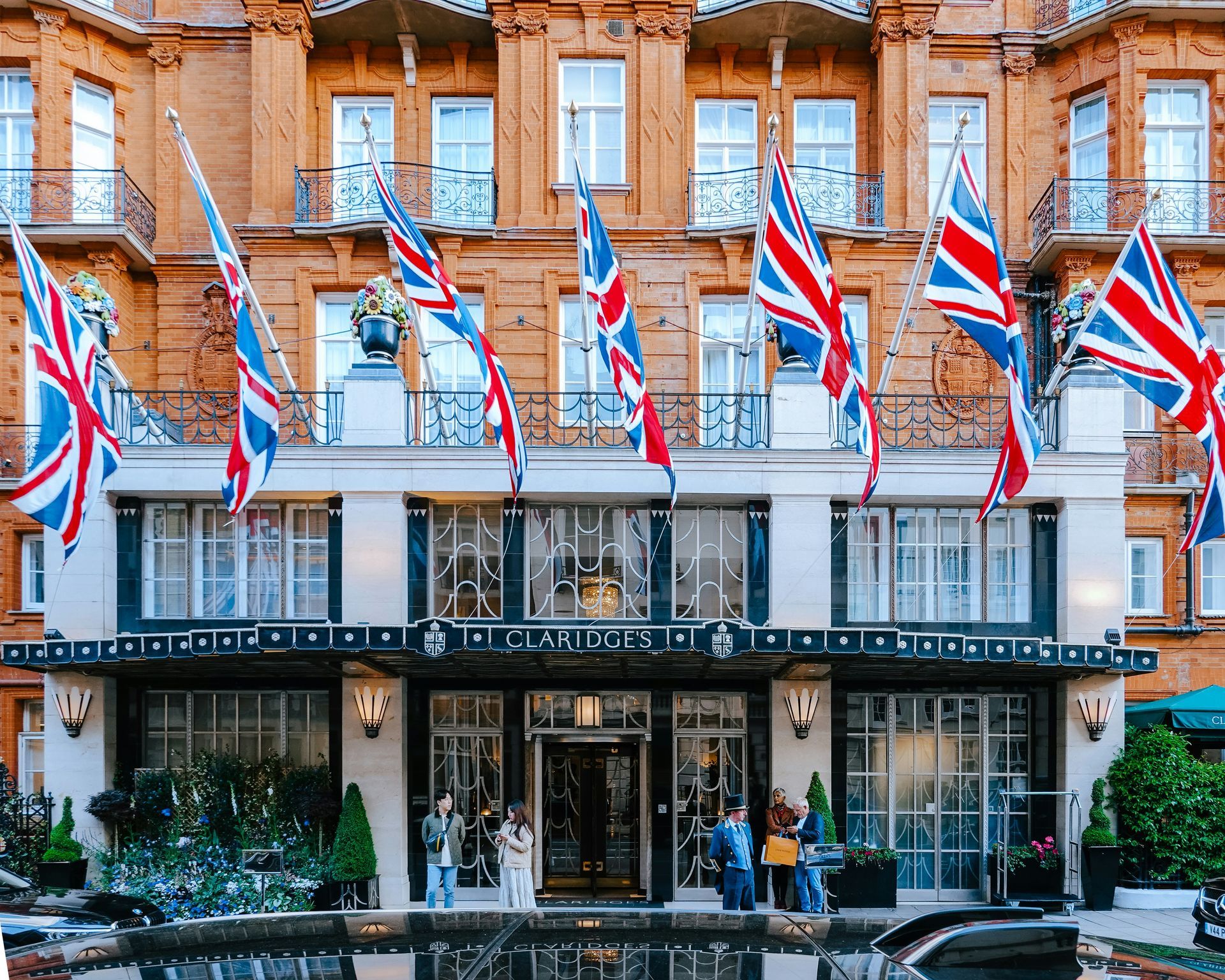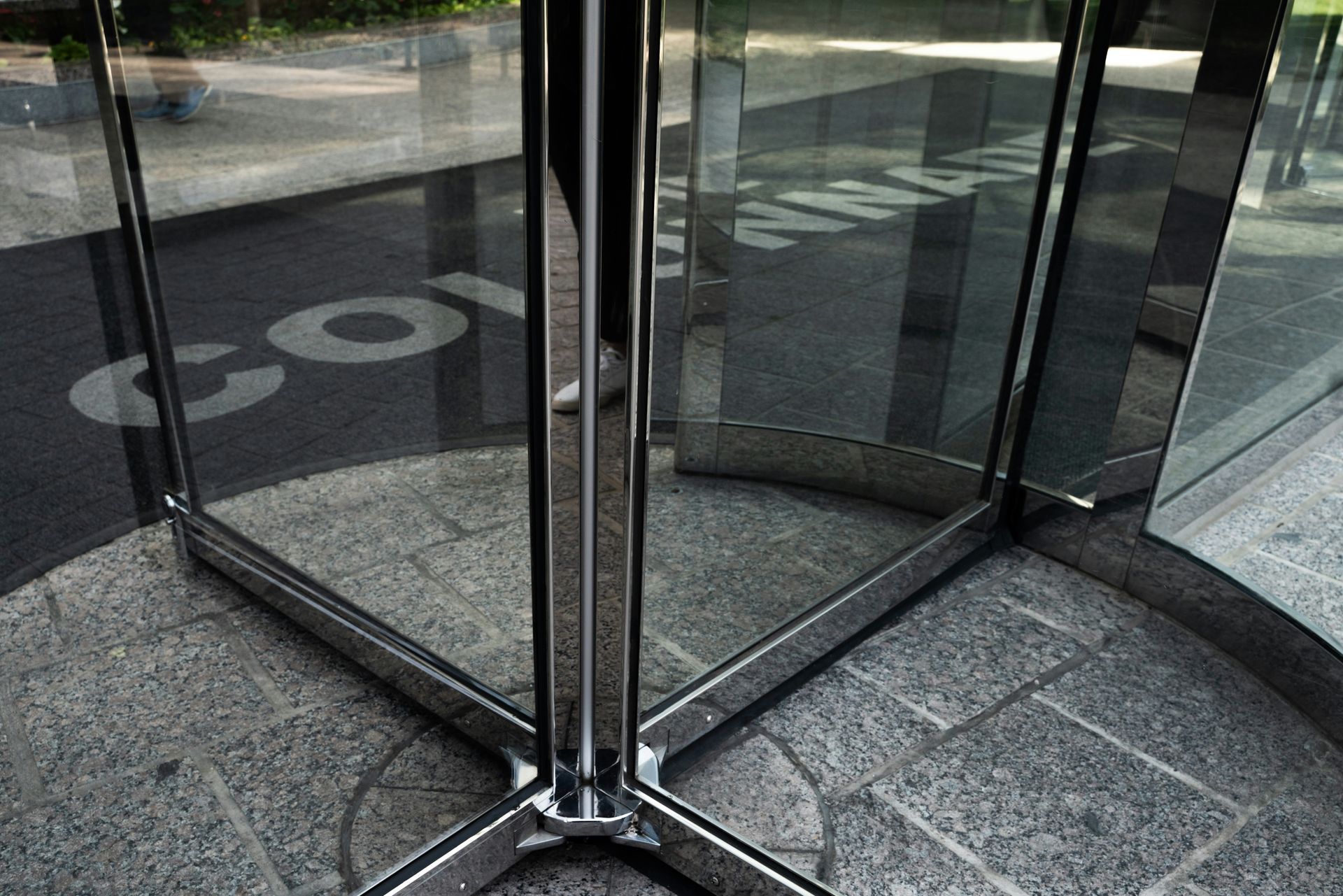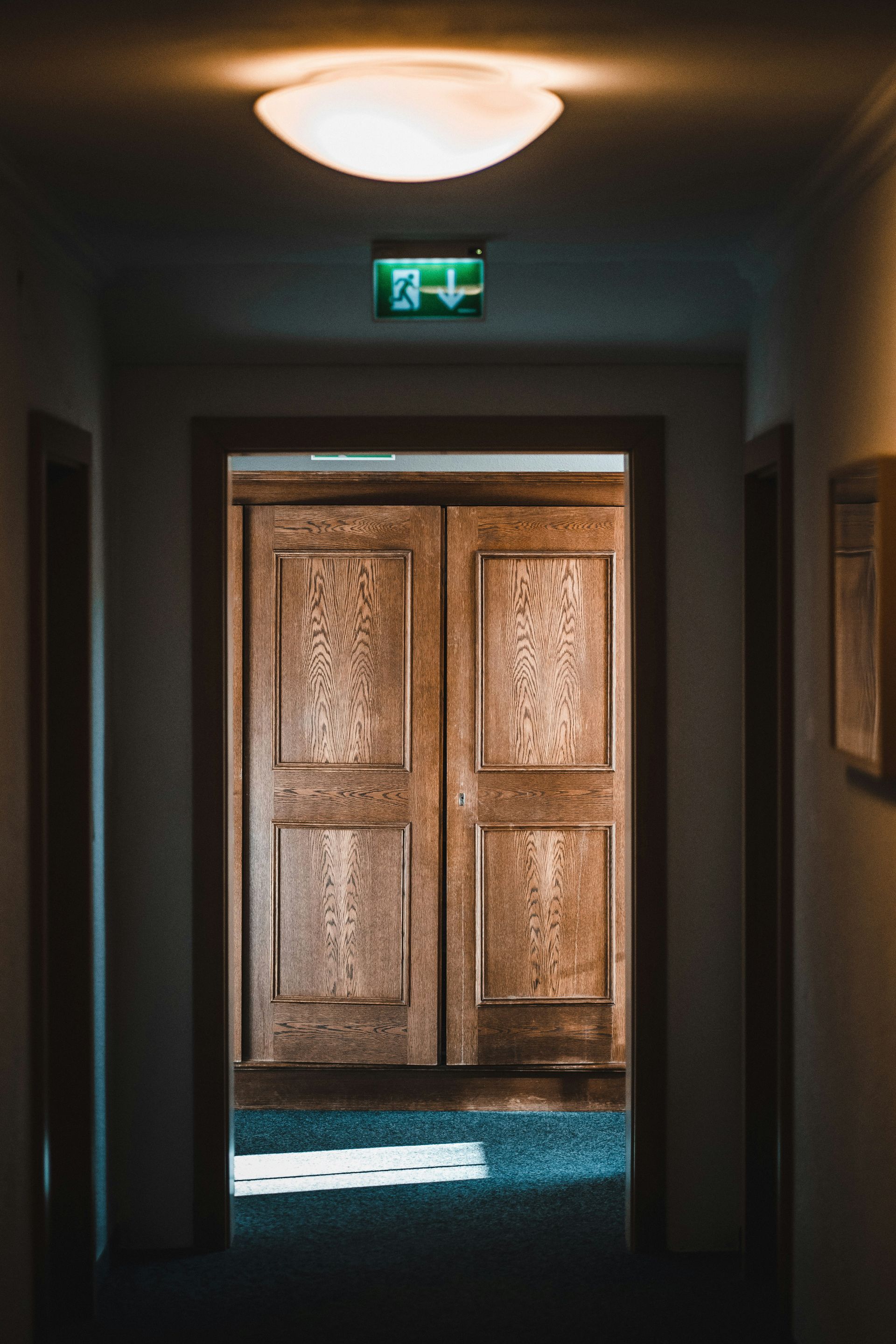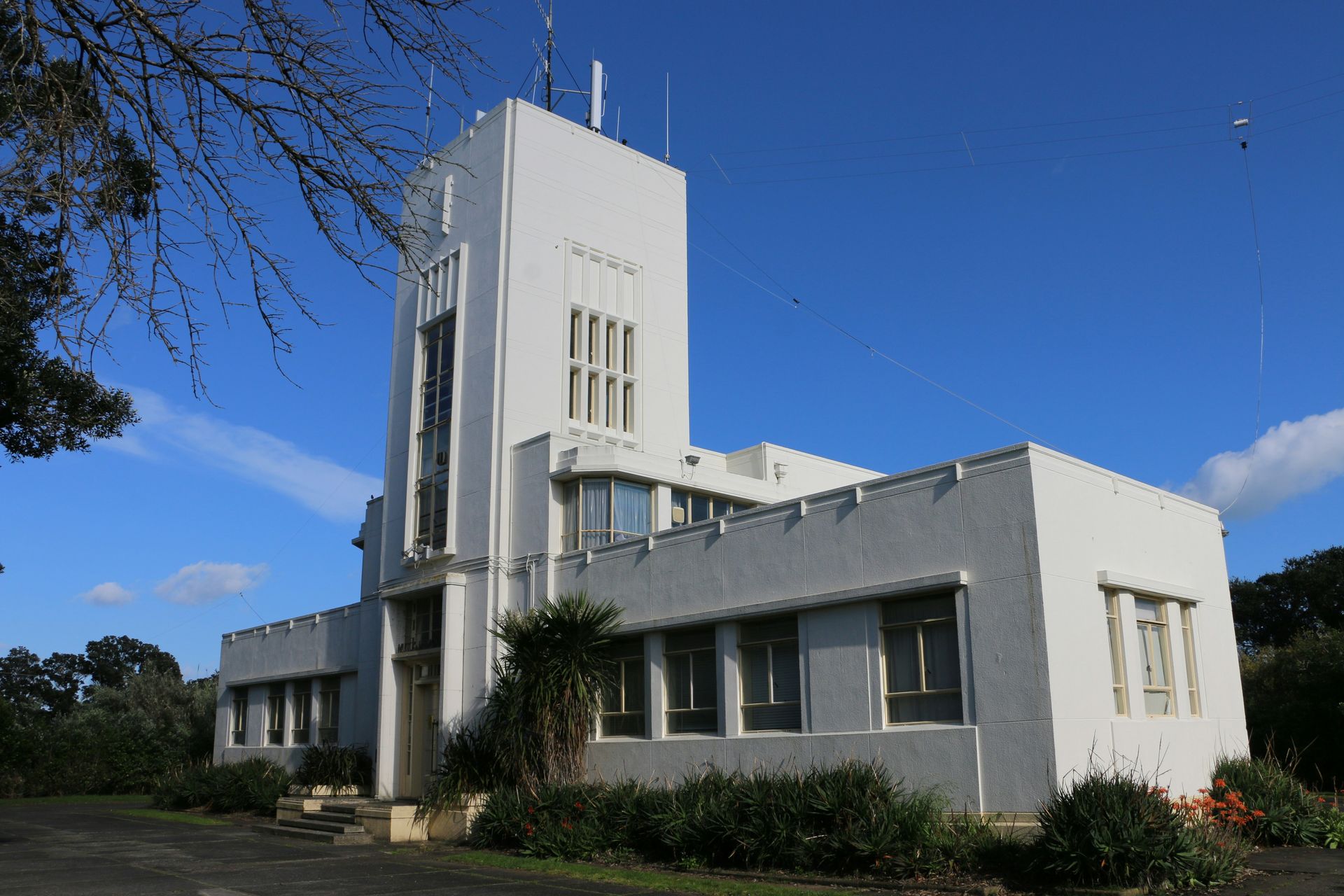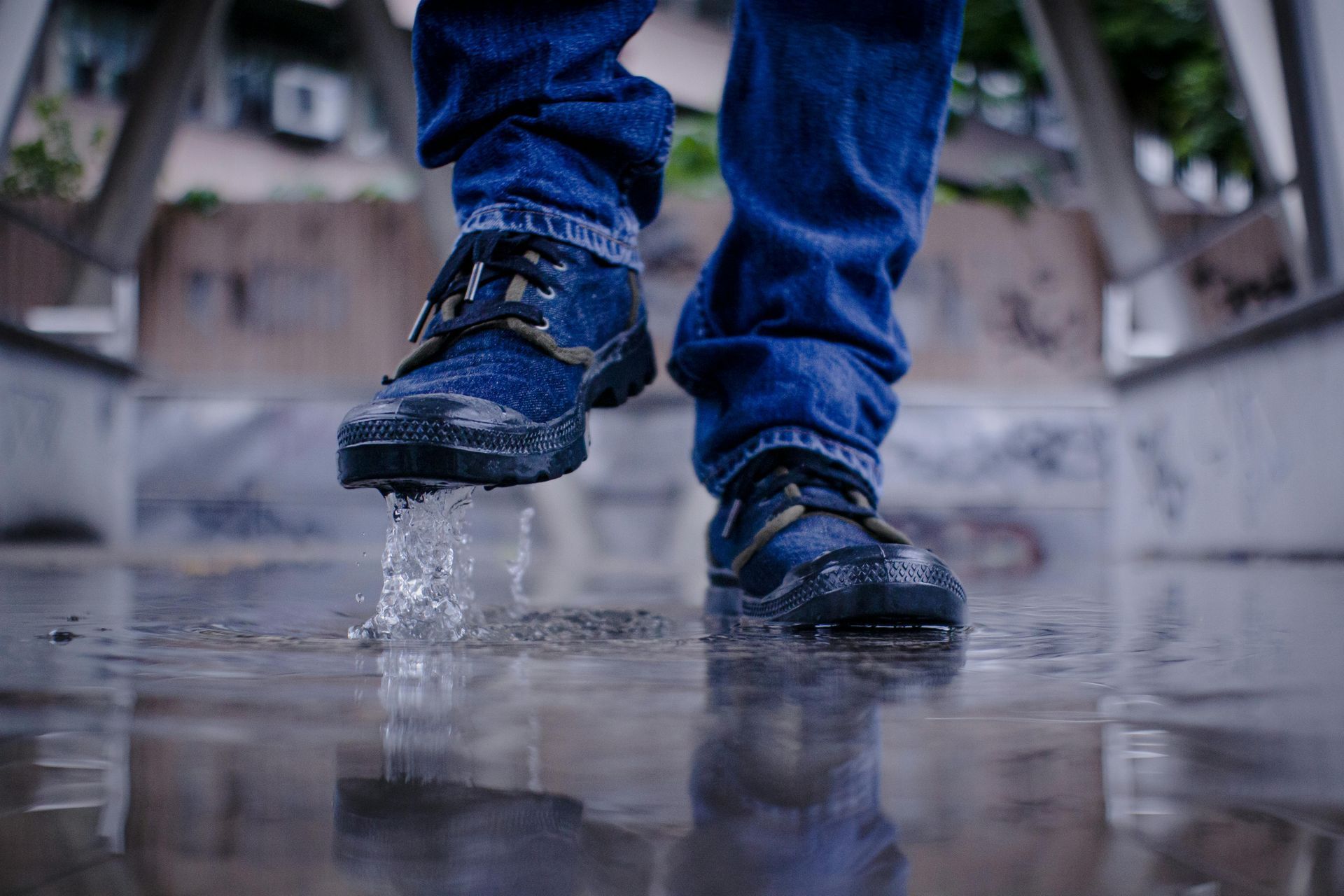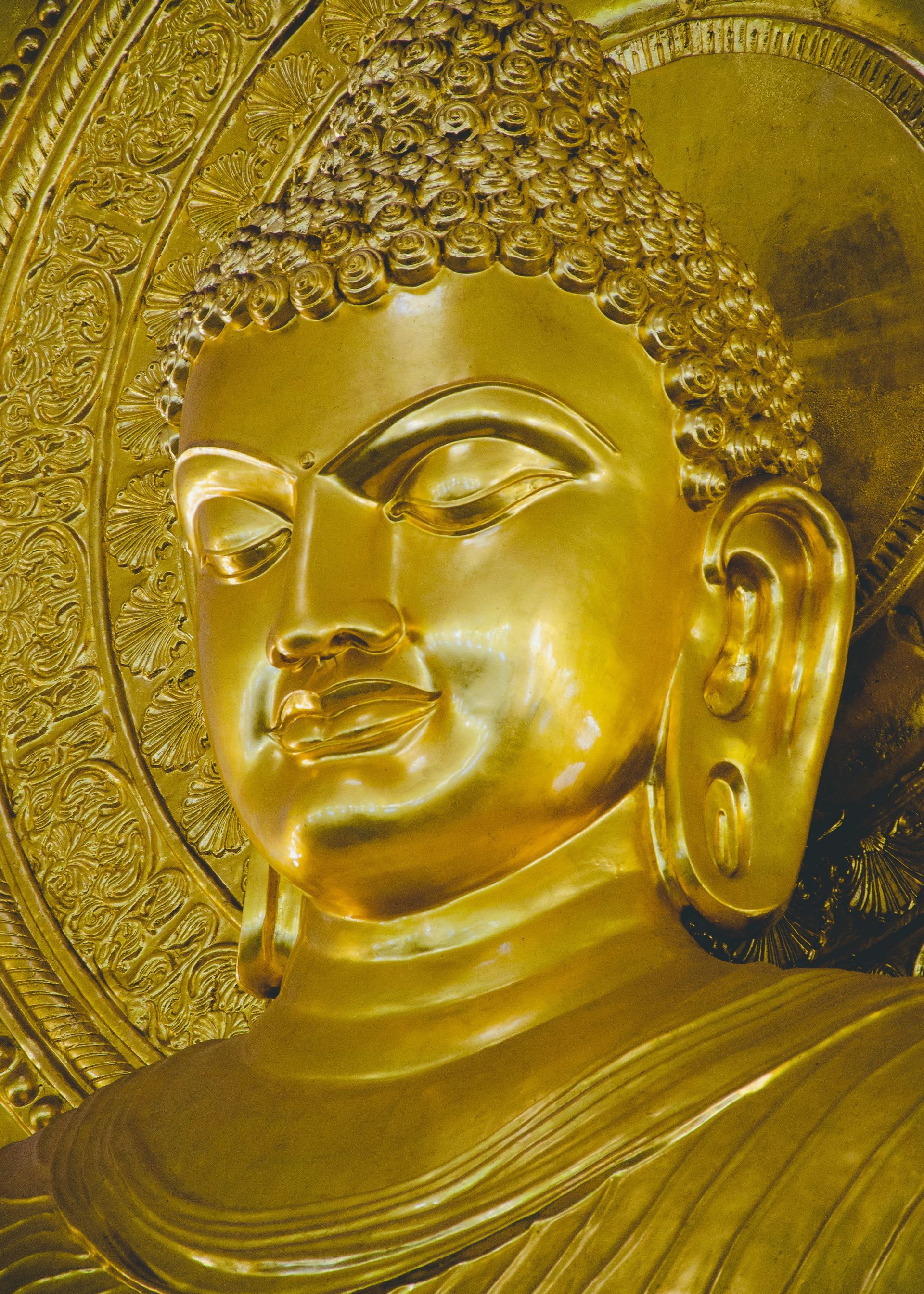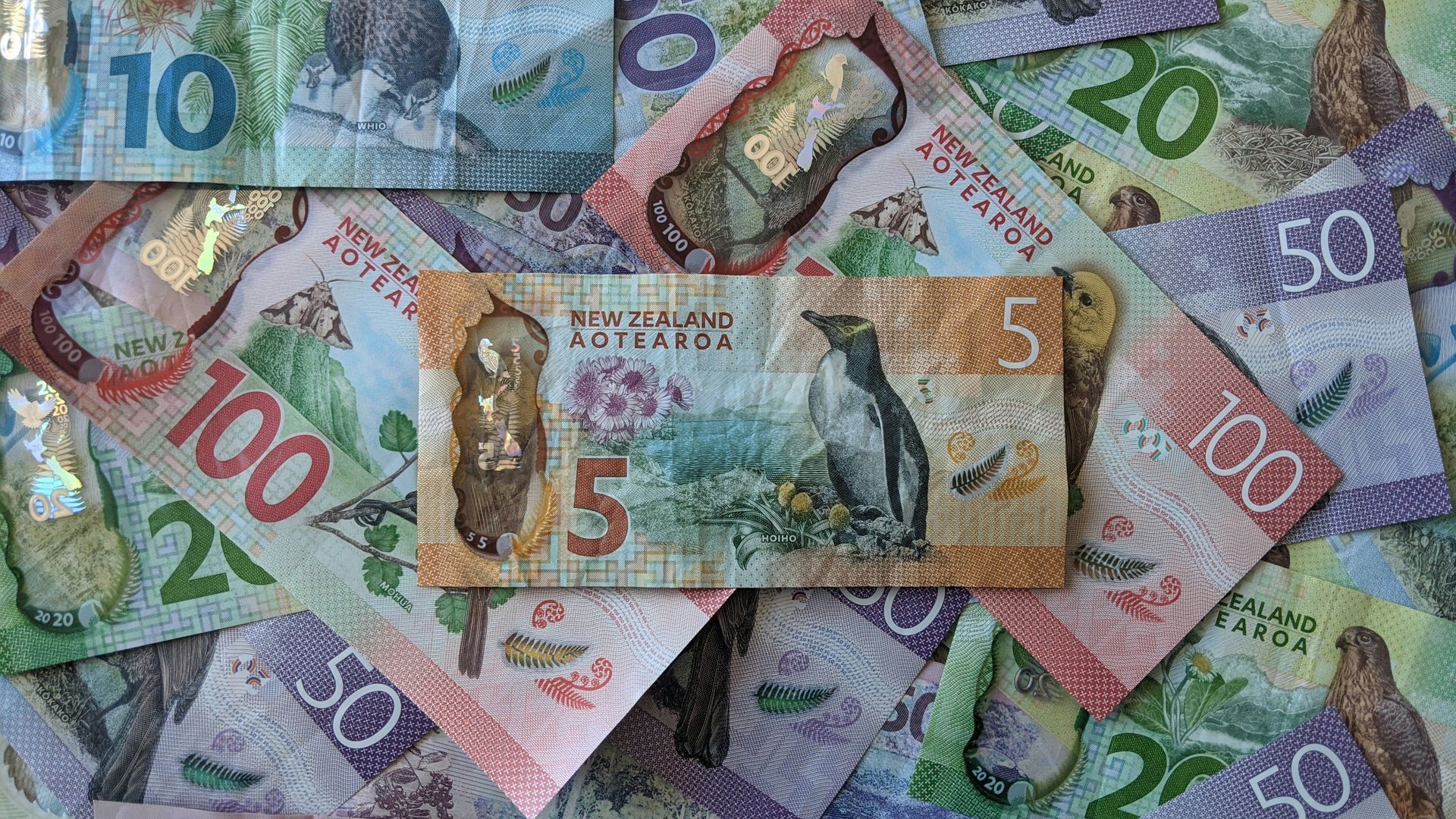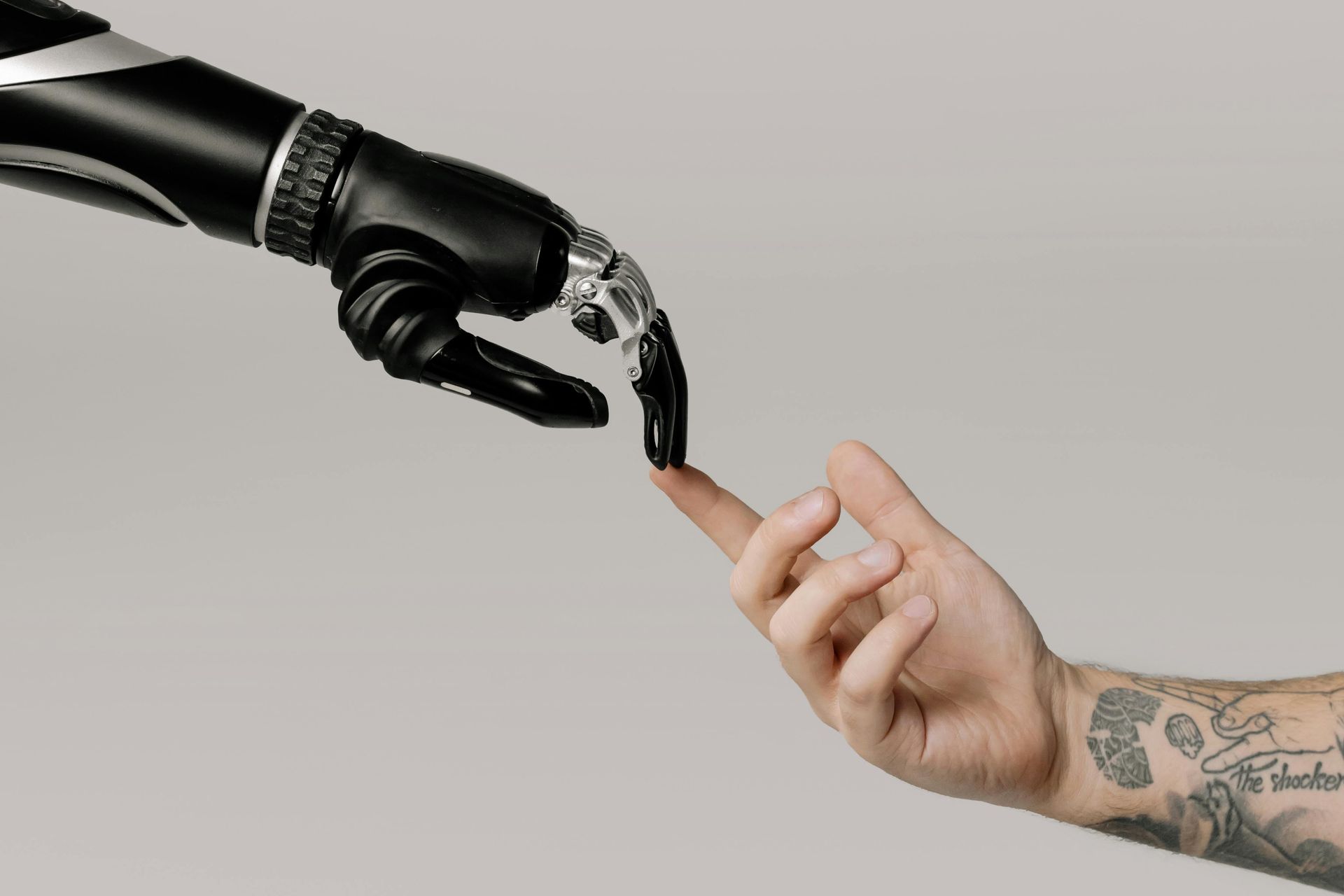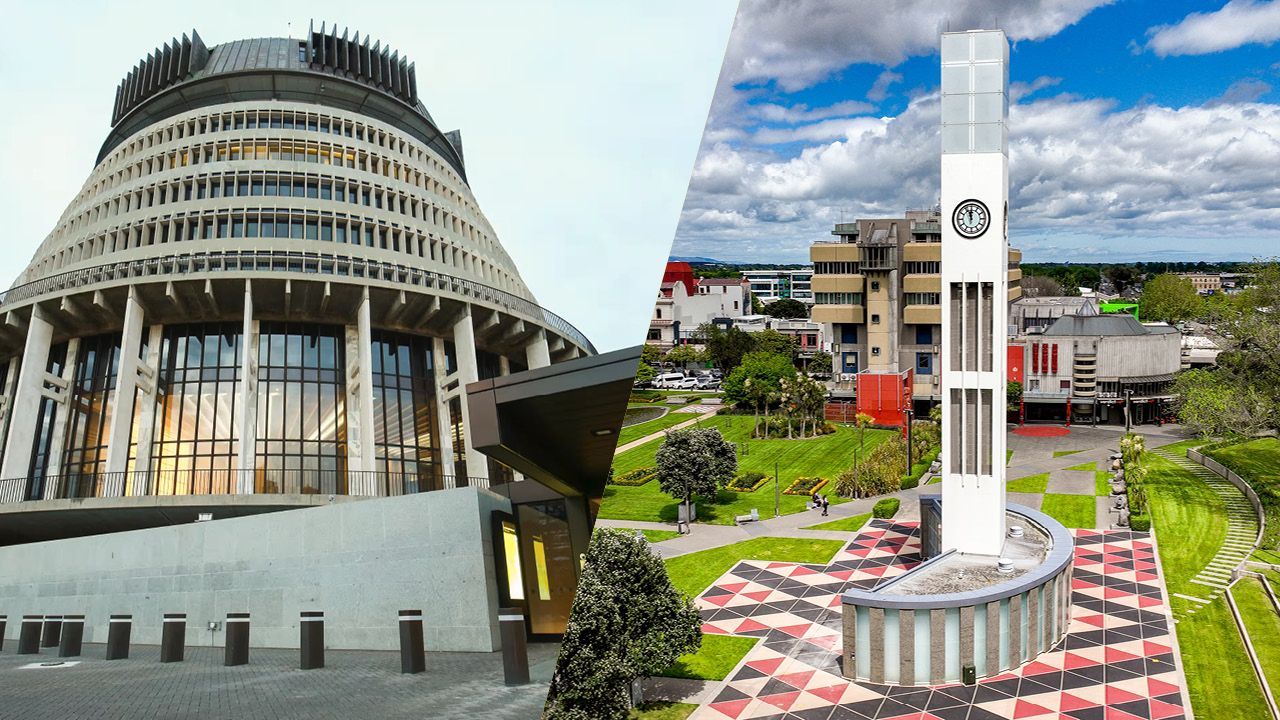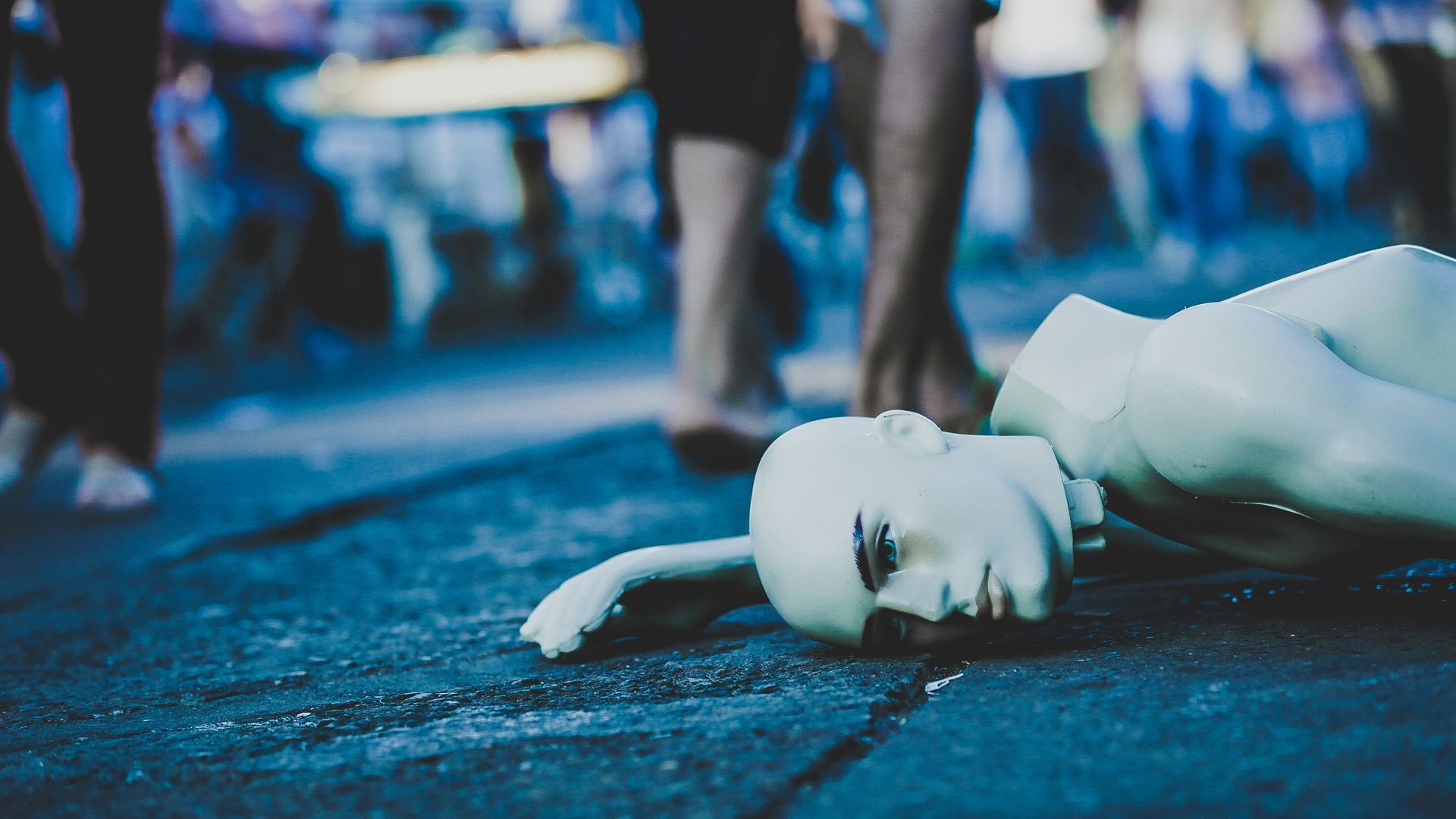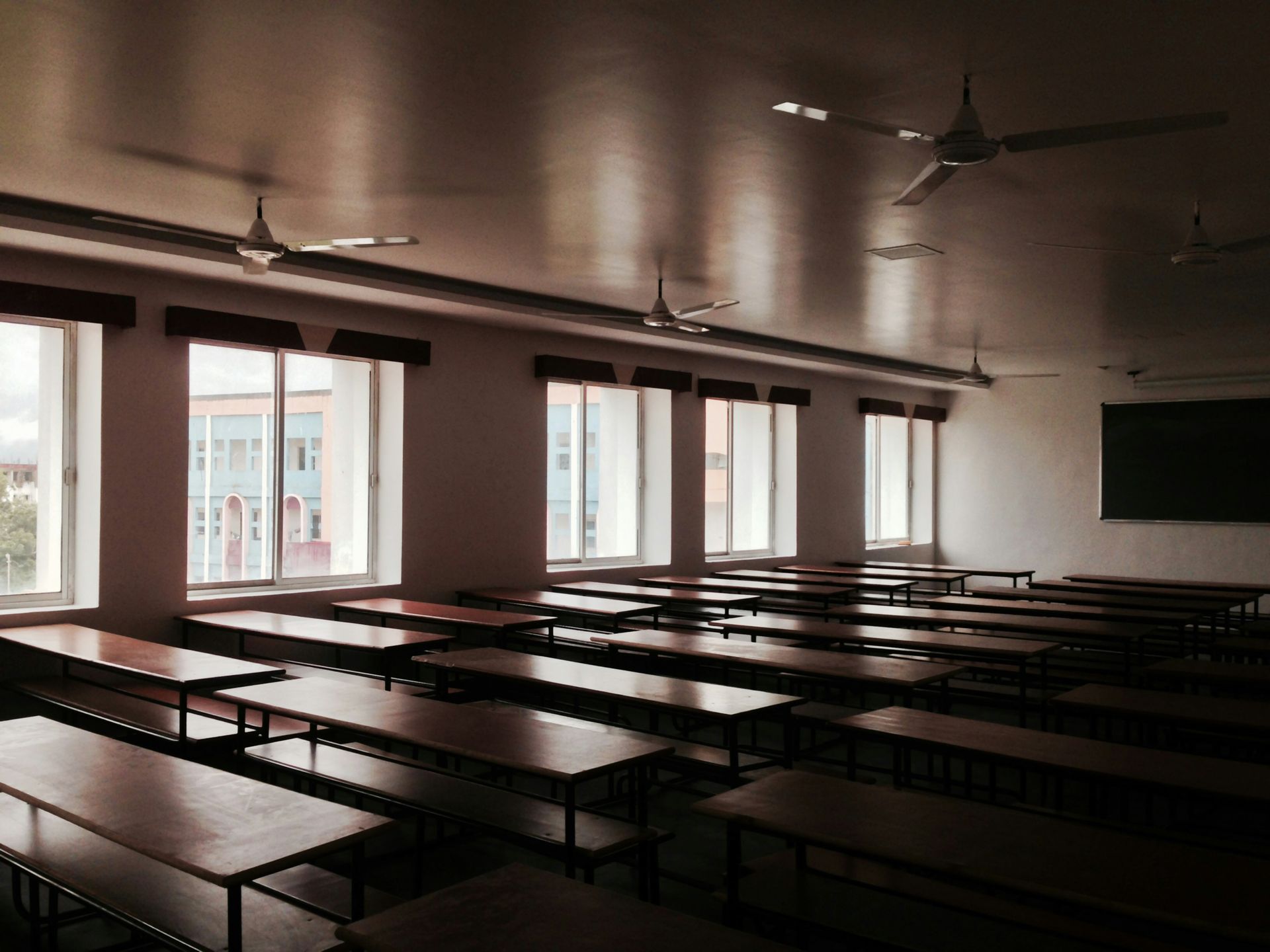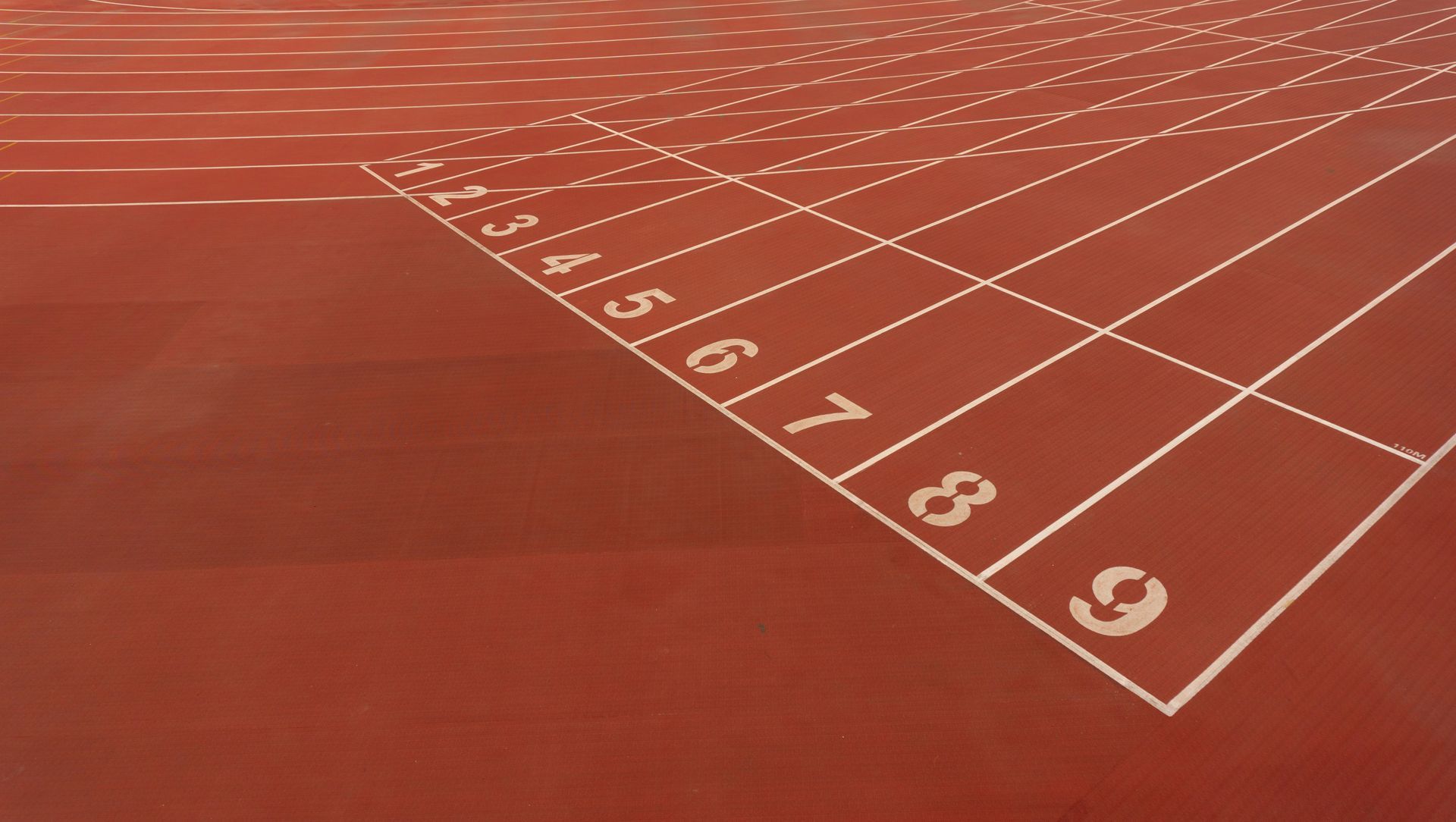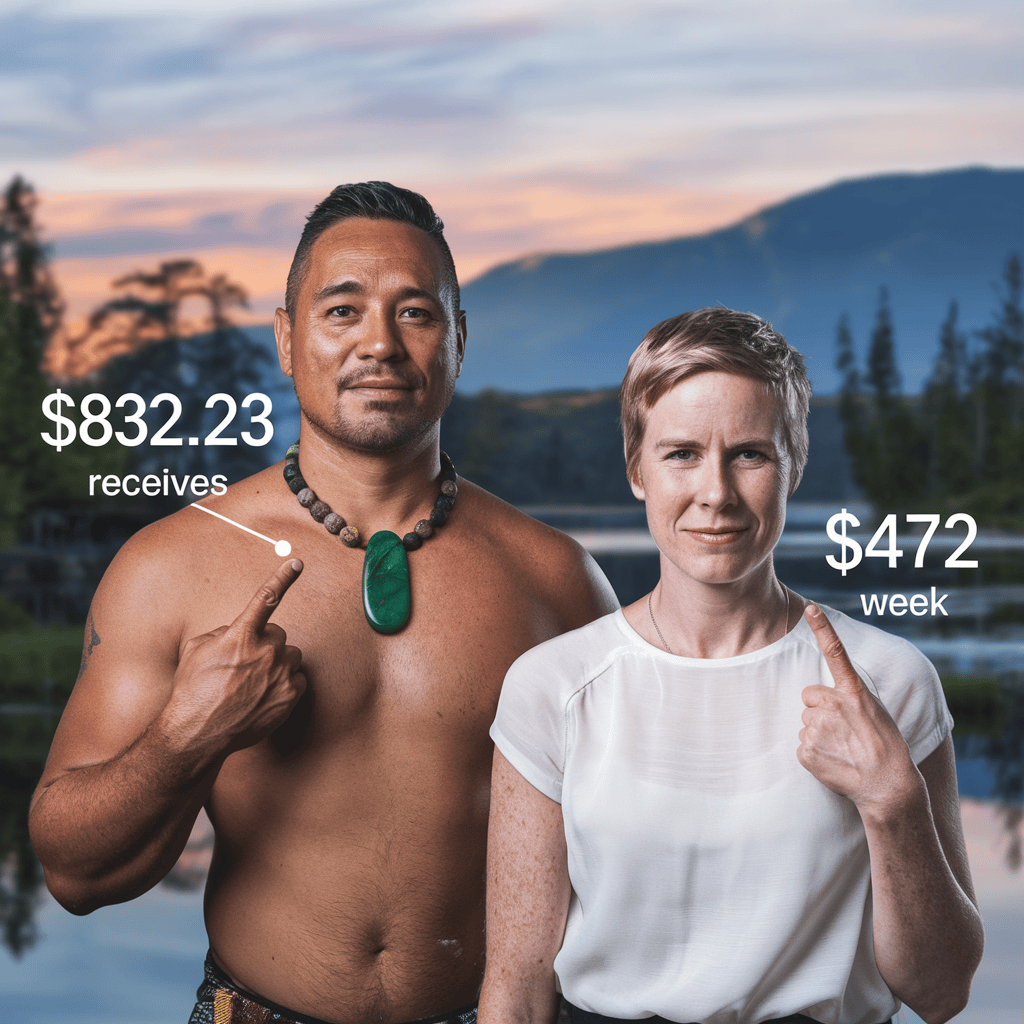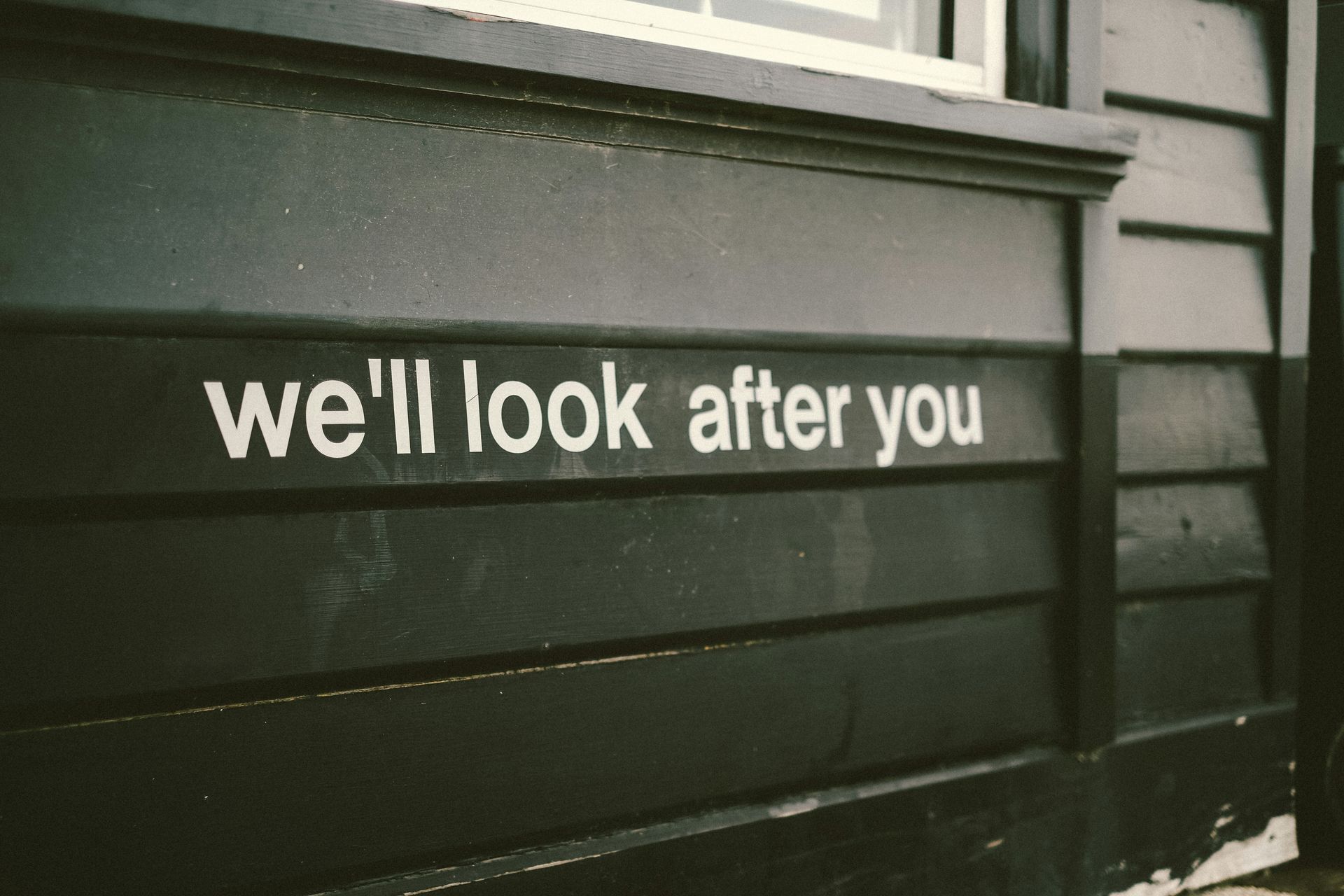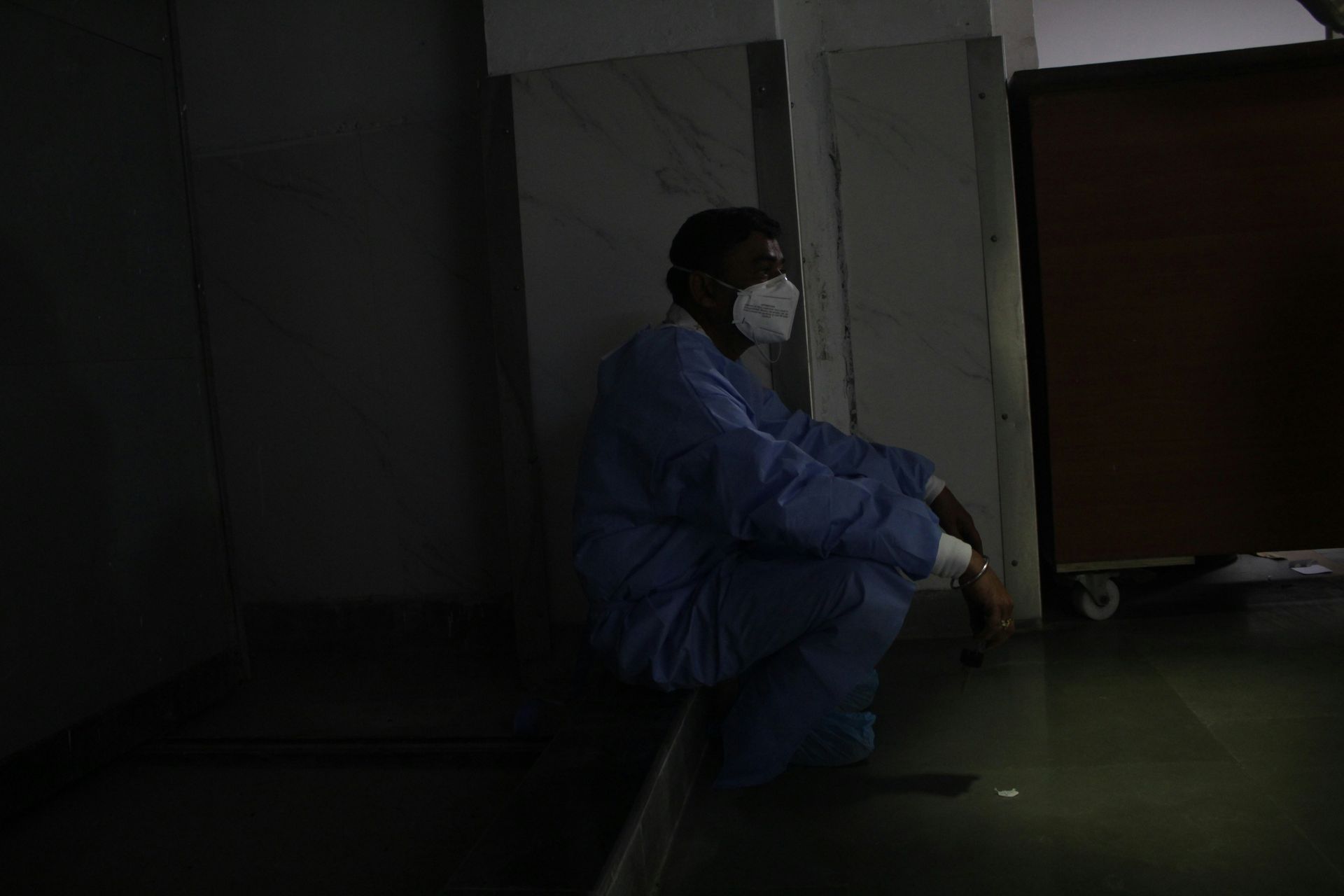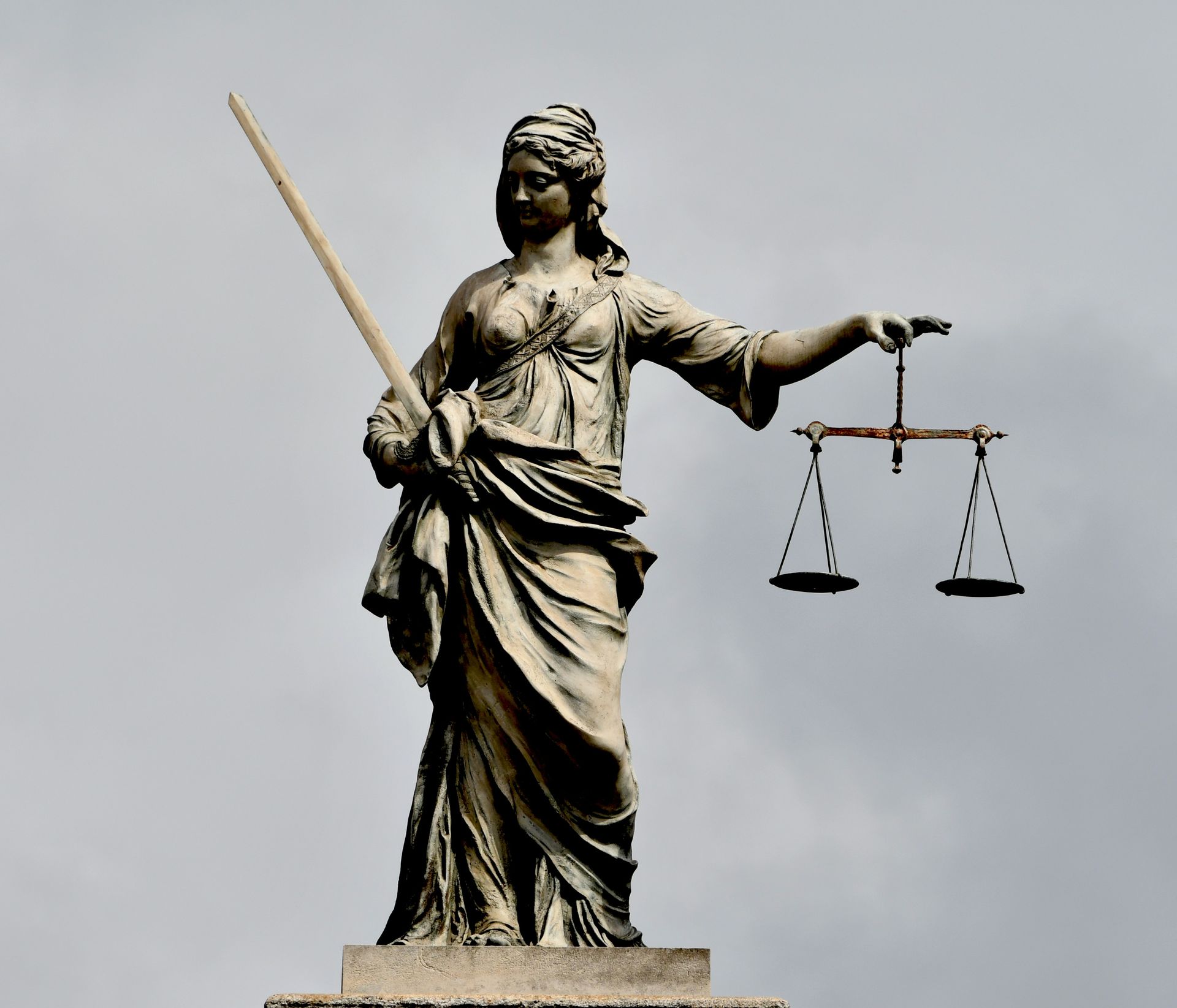by Jordan Kelly
•
27 June 2025
Today, I bring you the second instalment of my three-Part ‘up close and personal’ interview with Mayor Grant Smith of Palmerston North. In this segment of our interview, Mayor Smith talks about the relationship ‘that could be’ (and, he feels, should be) between the cities, towns and regions of the Lower North Island. He discusses the potential for the key population centres to pool resources and efforts in a broader inter-regional local government collaboration initiative. He’s particularly enthusiastic about what an inter-regional tourism industry could look like. 'Palmy' Mayor Moots 'Platinum Triangle' for Lower North Island The Lower North Island – “If we include New Plymouth and Napier” in this broad collective of regions – contributes 24 percent to the total Gross Domestic Product of New Zealand. “We’re talking about 26 different Councils in that geography,” Mayor Smith says. “If you look at the often very complementary industry bases across that broader area, you can see that there’s serious scope for a variety of forms of leverage. “Those leverage opportunities are commercial, civil, logistical, social . . . the list goes on. And we’re not capitalising on them to any real degree at all.” As a more narrowly focused example, he points to the relationship between Palmerston North and Wellington. Or perhaps more accurately, the lack of one. “If we look north for examples, Palmerston North should, on multiple levels, have a similar relationship with Wellington, as Hamilton has with Auckland,” says Smith. “But we don’t. “Wellington should be using us as their food basket, as their distribution and logistics centre, and as a workforce resource pool. "The Manawatu region supplies 30 percent of New Zealand's vegetables. Meantime, the wider Manawatu-Wanganui region is the country's sheep and beef capital, with all the major meatworks companies represented here. And there's the greatest concentration in the Southern Hemisphere of food scientists and innovators; over 3100 individual specialists. "Palmerston North is well-known for its logistics and distribution hubs, with its strategic central location. It's home to automotive, food and Defence suppliers. "And with good transport links and a daily commuter rail service, the capital should be tapping more actively into the skilled workforce we can help supply." Why Don’t We Create A Lower North Island ‘Tourism Mosaic’? “Also, in a wider sense, there’s a substantial – and also currently very much going-to-waste – opportunity to be profiling the lower North Island as a collective for tourism. “If we stop looking through just ‘the eyes of locals’, we can see so much variety and complementarity, in terms of tourism attractions between the regions. “We’ve not only got Wellington as the entry point, but everything that sits south of Taranaki and right across to Hawkes Bay, and then down and right across to the Wairarapa. There’s wineries, mountains, rugged coastlines and gushing rivers, sports, arts and culture . . . the list goes on. “It’s a gold mine from a tourism perspective – if you look at it collectively, and without the parochial lens that often comes with having lived in a specific region your whole life.” ‘The Platinum Triangle’ Smith calls this greater collection of regions the ‘Platinum Triangle’, with tongue-in-cheek reference to the oft-dubbed ‘Golden Triangle’ of Auckland, Hamilton and Tauranga. “We should be supporting each others’ natural strengths, and from a wider profile and tourism perspective, be a collective of population centres working together; creating a rock solid, vibrant, large-scale, Lower North Island ‘mosaic’. “Think how much more easily that sort of inter-linked, co-ordinated approach would make it to attract both investment and population growth. “And, especially in the current economic climate, we need that for our hotels and the broader hospitality sector.” On that note, back to Wellington: “We need Wellington and Wellington needs us. “Not only are they our biggest city and our Capital, they’re the Platinum Triangle’s inter-island linkage.” Smith says that, several years ago, he went down to Wellington on a very specific mission to seek out an audience with its tourism gurus in the government and local government sectors. “I put it to the Wellington mayor of the day. I said, ‘Guys, why don’t we do this thing together? The Women's Rugby World Cup, for example. Why don’t we do a bid together? Let Wellington lead and we’ll play a strong support role.’ “But they turned around and left us at the altar! They tried to win it alone – and completely failed and handed the victory to Northland and Auckland." Smith says that was just one of a good number of valiant attempts he’s made at inspiring joint initiatives over the years, but each has “failed big time” to get the tourism powers-that-be down in the Capital, on board. “They won’t accept that there are other cities on their doorstep, that offer scope for a wonderful collaboration . . . not even now, of all moments in time, when we could help them back up and out of this ditch they’ve fallen into. “They’re like a top-level sportsperson who’s in a real form slump and lost confidence,” he says. “The whole thing is fixable but they need to look in the mirror. “Just like ( with reference back to Part One of our interview ) they need to listen to their residents and their key sectors, including the business sector, they need to listen to partners and would-be partners, like other councils. “But they’ve got this attitude that, “We’re the big brother and you’re just a pimple.’ The Lost Wisdom of Bygone Eras “Right back as far as 150 years ago, the Wellington/Manawatu railway company saw the potential, and was instrumental – in the railways era – in making connections in many more ways than one . . . supporting a vibrant inter-regional tourism picture; just one example of the lost wisdom of bygone decades. “But there’s an arrogance today that’s unnecessarily holding Wellington back . . . and its timing is very bad right now, especially. "Wellington can’t be everything that we can all – collectively – be. “They don’t have the mountains, they don’t have the wine industry, they don’t have the rolling farmlands, and they don’t have the rural aspect that New Zealand is internationally known for. “Sure, they’ve got the creative sector . . . but, as special and unique as that is, such as with the spectacular World of Wearable Arts . . . our collective offering is so much greater.”
